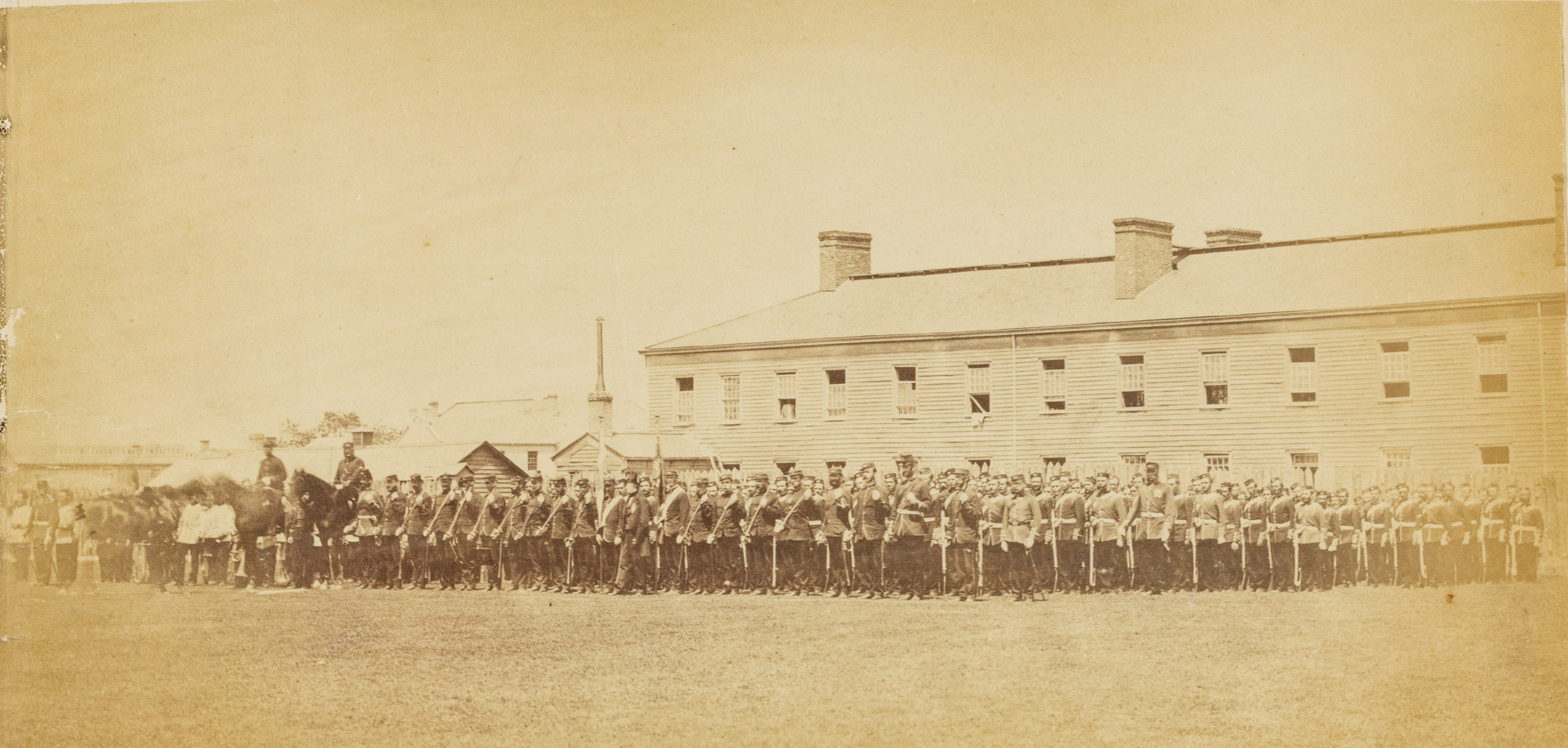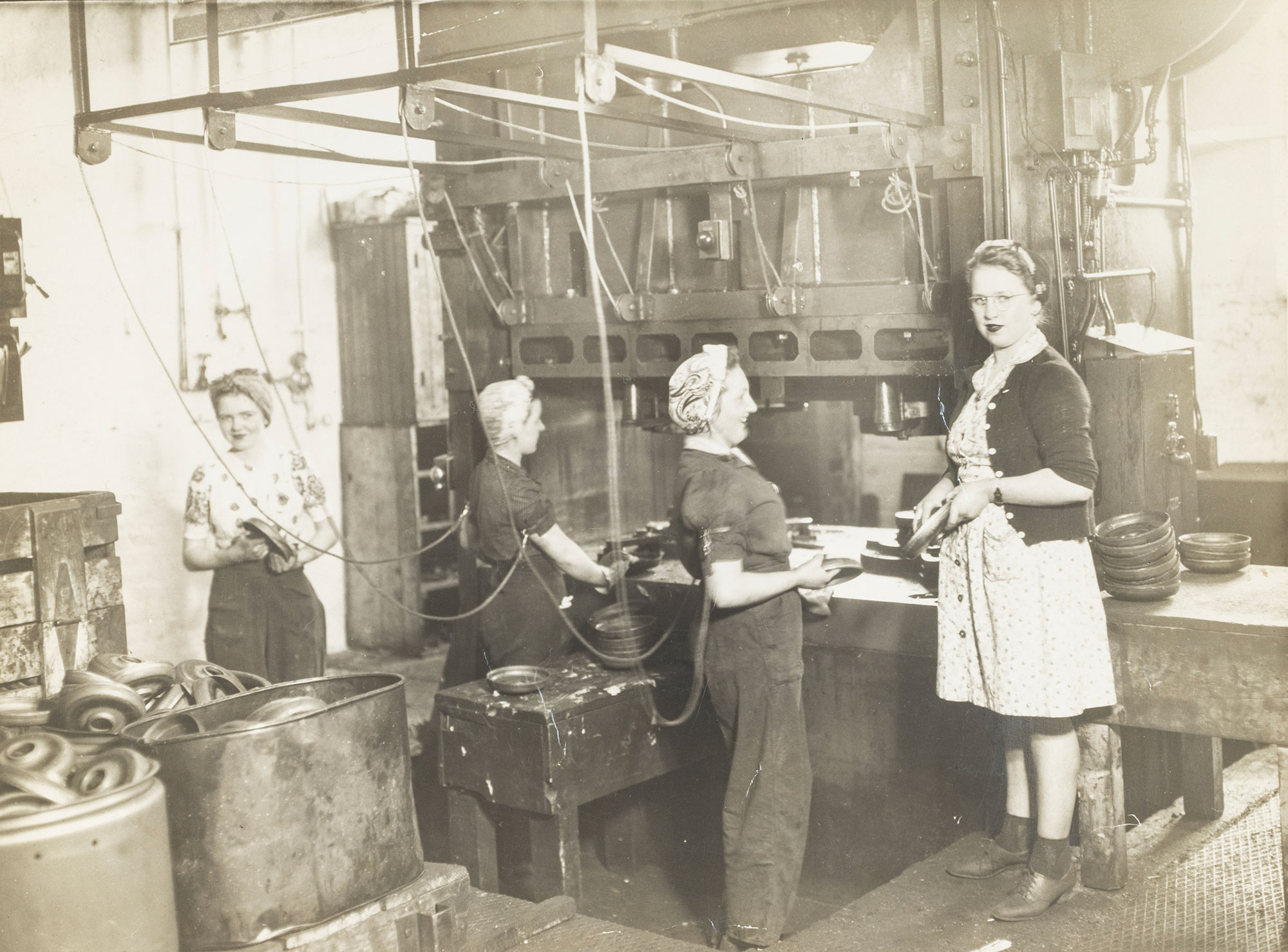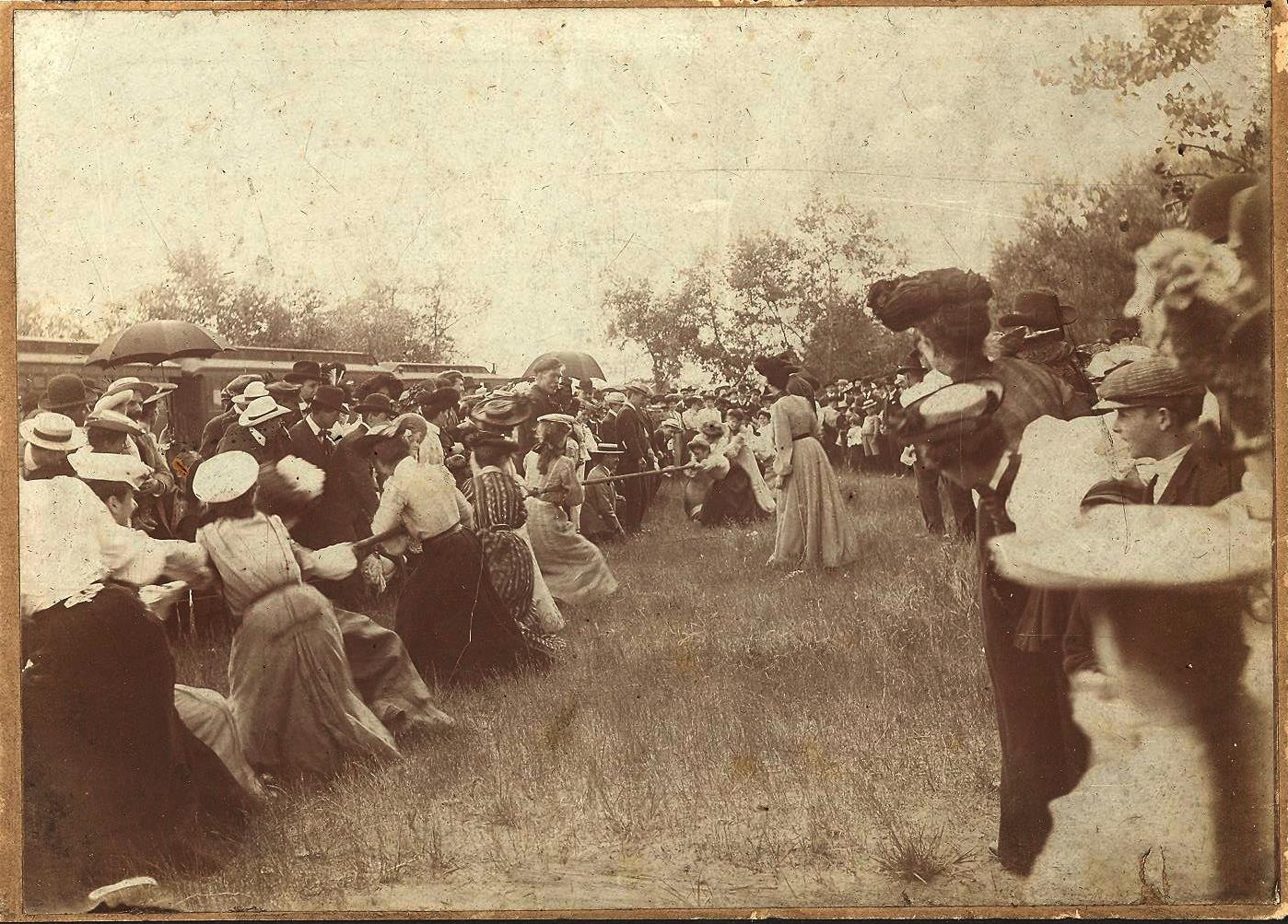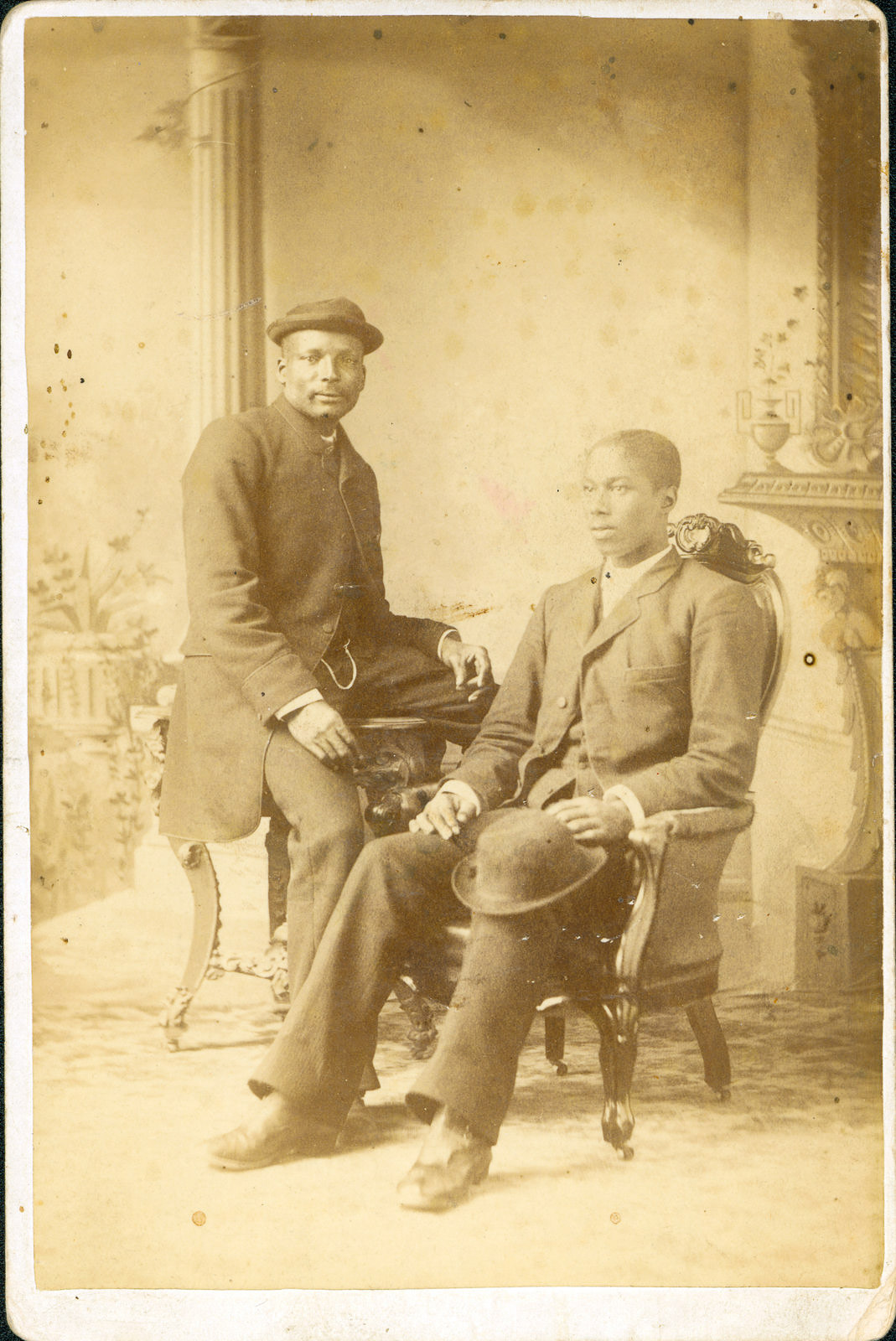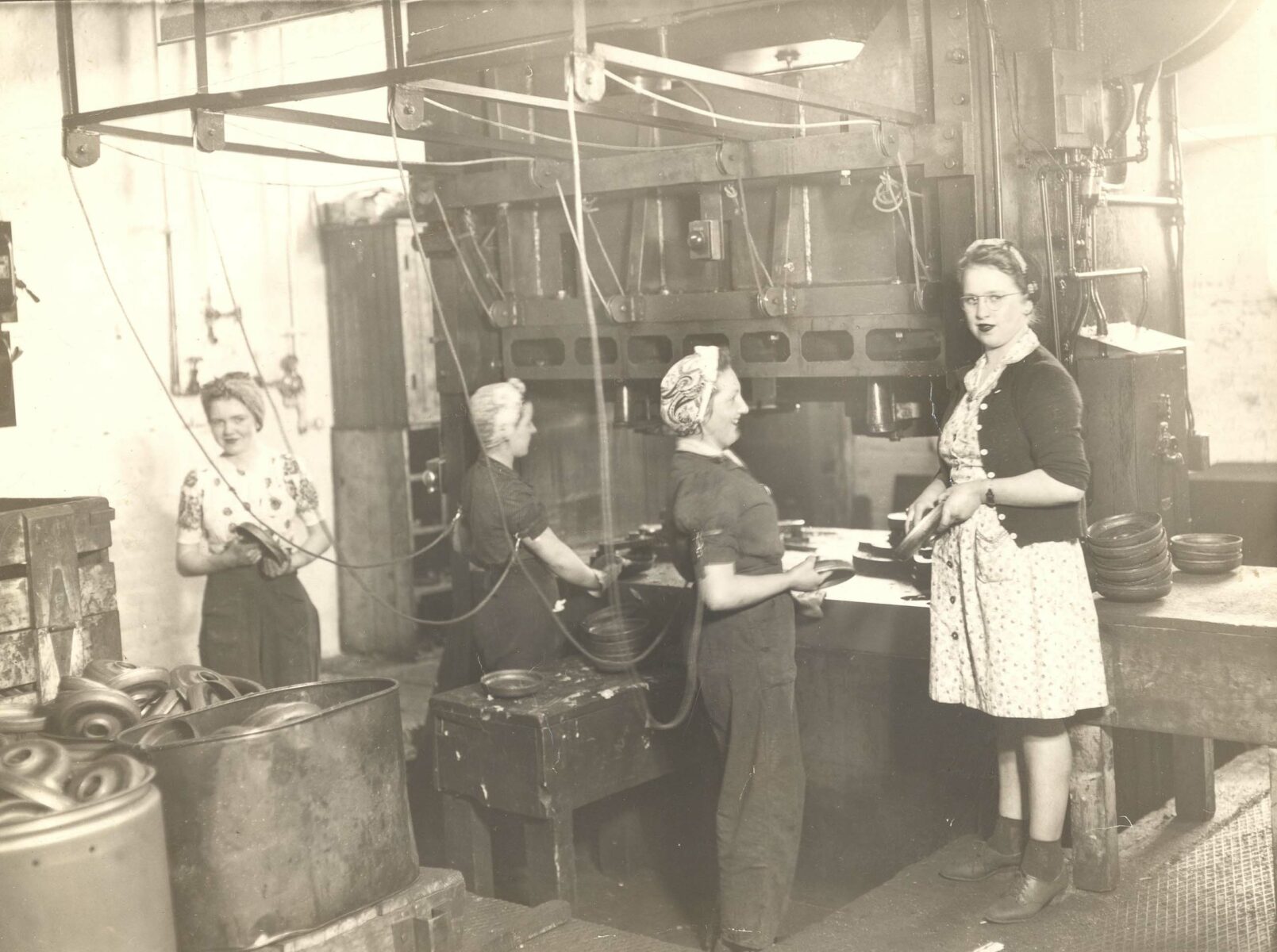Hey there, little explorers – let’s get ready to dive into the fascinating world of community and jobs! In this educational resource, we will look at historical artefacts to learn all about how stuff is made and the amazing people who make it happen.
Just like how you build awesome LEGO creations, there are businesses, factories and farms where people work to make all sorts of things we use every day! We’ll find out how different industries, like farming, factories, and technology, help make our world super cool.
Remember when we learned about different jobs in our classroom and how everyone has a special role? Well, just like in our class, there are jobs for all sorts of things in our communities. Some people grow fruits and veggies, some make cozy blankets, some people keep us safe and others fix broken things. We’ll learn about all these fun jobs and how they make our community special.
As we go on this adventure, we’ll ask lots of questions, look at cool pictures, and even do some fun activities. By the end, you’ll see just how important industry and jobs are in making our community awesome! So, are you ready to explore?
Let’s go and discover together!
For Teachers
Welcome to the exciting world of my community and neighborhood. In this educational resource, primary students will embark on a journey to explore the fundamental roles individuals play across our community through the digital archives of Museum London.. Through examining some of our historical artefacts and engaging with hands-on learning activities, students will develop a foundational understanding of the interconnectedness between community, neighborhood, labour, and everyday life.
Community forms the backbone of our neighbourhoods and larger society. From farming to grocery stores, industry and community shapes the world around us. Throughout this exploration students will discover the diverse range of services that exist in our communities (and beyond), gaining insight into the everyday spaces they visit in the neighbourhood.
Students will learn about the different types of jobs within our communities, exploring the roles of workers and the skills they contribute. Throughout this resource students will be encouraged to ask questions, make observations, and draw connections between their own experiences and the concepts being explored.
Following this learning, students will have a deeper appreciation for the historical significance of industry and labour in shaping the world we live in, Let’s dive in and discover the fascinating world of industry and labour together!
Activity
Mapping My Neighbourhood
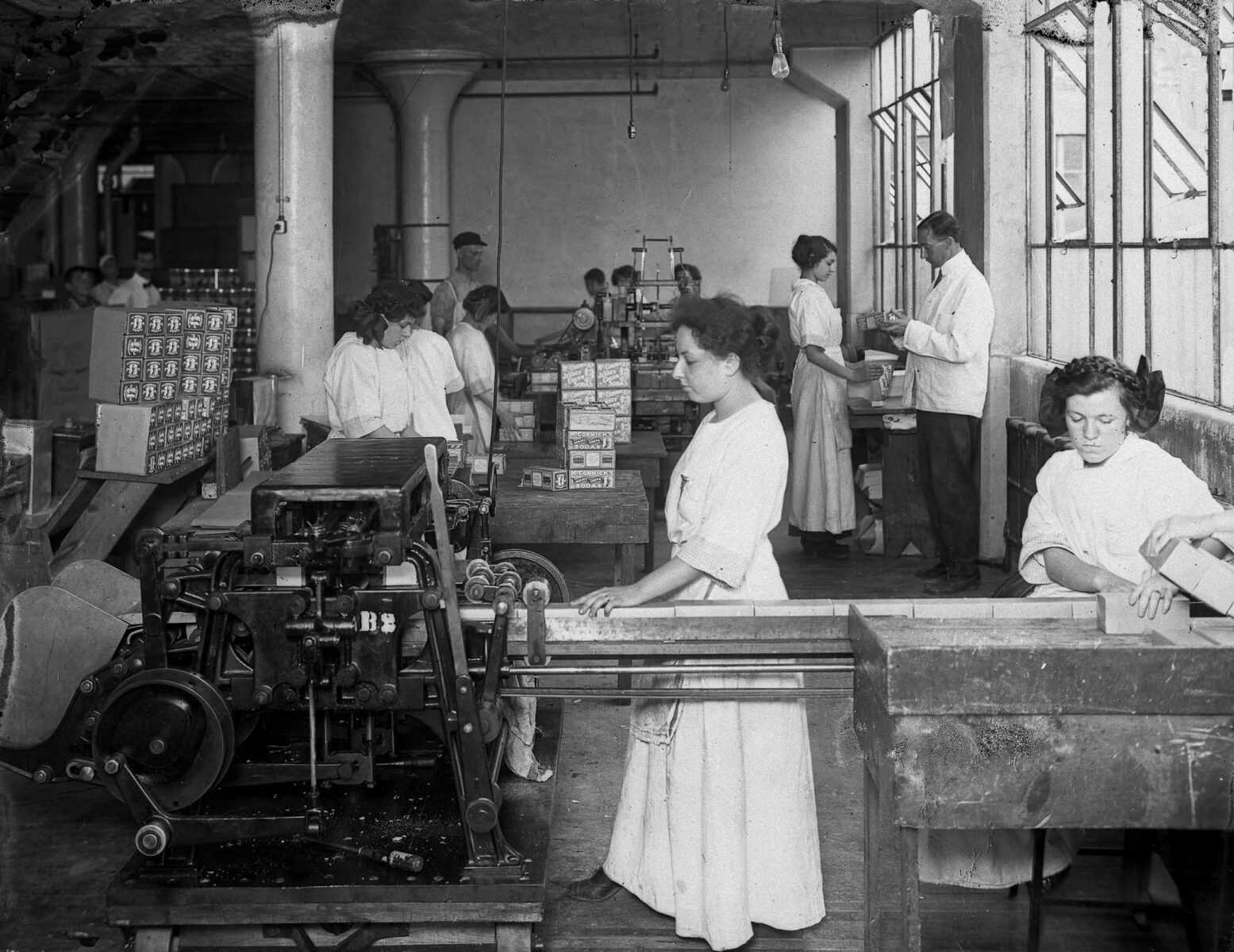
- What are they doing here?
- Where do we buy things like they are making now?
- What place sells something like this in our neighbourhood?
- Do you go there with your family?
Activity
Make an Artifact
Black and white photograph of a Ladies Tug-of-War event at the McClary’s Company Limited picnic. Two teams are pulling on the rope with many onlookers watching the event. It takes place in a field with trees surrounding, and train cars are on the left-hand side. Large black card matting.
- Where do you think this takes place?
- How did you guess where this was?
- What do you think they could be celebrating?
- What celebrations, holidays or traditions does your family like to participate in?
- What symbols represent this holiday, celebration or tradition?
Activity
See, Think, Wonder
Artefact 3 can go here – maybe it’s a picture or another artefact. We will put an annotation alongside of what it is and prompts that connect to the learning. Teacher prompts are included in the activity.
Wrap up
As we conclude our exploration of neighborhoods and what services they provide, let’s remember that our neighborhoods are more than just places where we live. They’re vibrant communities filled with diverse people, places, and experiences that shape who we are. By understanding and appreciating our neighborhoods, we can become active and responsible members of our communities, contributing to a brighter and more inclusive future for all.
Wrap up
In our investigation of historical advertising, we learned about the origins of advertising, tracing it back to iconic brands such as Kellogg’s and McCormick’s in London, Ontario. We’ve examined various historical artifacts, considering the design elements, branding, and marketing techniques used to engage consumers in the past. We’ve also considered the updated elements of modern advertising, where we briefly explored contemporary advertising, from social media campaigns to targeted online ads.
We compared and contrasted historical and modern advertising, identifying similarities and differences in design, messaging, and consumer engagement. Through this exploration, we gained insights into how changes in consumer preferences, technological advancements, and cultural shifts have influenced the evolution of advertising over time.
Grade 1
Social Studies: A1, A2, B1, B2, B3
Language Arts: A1, B1
Grade 2
Social Studies: A1, A2, A3,
Language Arts: A3, B1, C3, D1, D2
Visual arts: D1, D3
Grade 3
Social Studies: B1, B3
Language Arts: A1, A2, A3, B1, B3, C2,C3, D2


